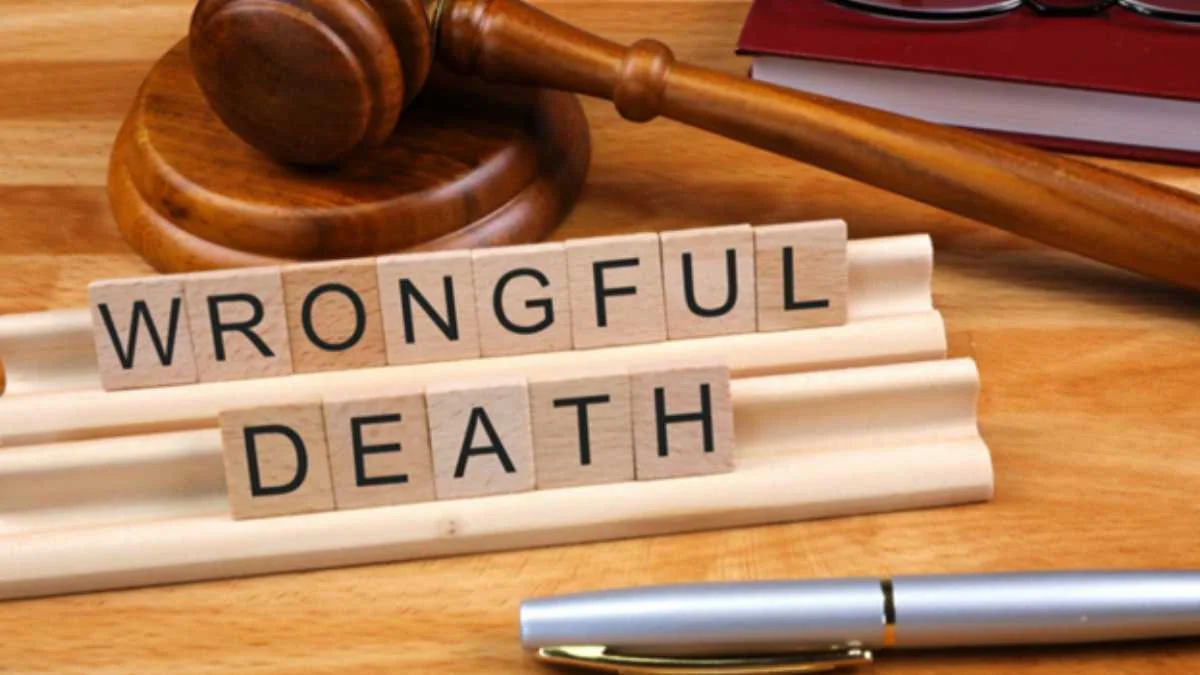LAW
What You Should Know About Wrongful Death Claims

Introduction
A vital component of civil law is wrongful death claims, which allow families to pursue justice when a loved one dies as a result of the negligence or wrongdoing of another person. These claims are usually made by close relatives who want compensation for their emotional and financial damages. Anyone thinking about filing a wrongful death lawsuit must be aware of the legal requirements and standards for such claims.
1. Understanding Wrongful Death Claims
Wrongful death claims are trial cases brought when someone passes away as a result of the negligence, recklessness, or deliberate wrongdoing of another person. These claims are distinct from criminal proceedings; while a criminal case seeks punishment, a wrongful death claim aims to secure compensation for the surviving family members’ losses.
2. Who Is Eligible to Bring a Wrongful Death Case?
Experienced lawyers for wrongful death claims can help determine who is eligible to file, as the rules vary by jurisdiction. The principal right to file a claim is usually held by the deceased’s parents, spouse, and children. In some situations, other dependents or the estate may also qualify, primarily if immediate family members do not act within a specific timeframe. A qualified attorney ensures the filer has a direct relationship and can prove the damages suffered.
3. Legal Elements Required to Prove a Claim
To prevail in a wrongful death case, the plaintiff needs to prove several essential elements:
- Duty of Care: The defendant owes the deceased a legal duty.
- Breach of Duty: Either by carelessness or deliberate injury, the defendant did not fulfill that obligation.
- Causation: The breach directly caused the death.
- Damages: The surviving family suffered quantifiable economic losses like funeral expenses and lost income and non-economic such as pain, suffering, loss of friendship.
4. The Legal Process and Timeline
The process begins with a consultation with a wrongful death attorney, who will assess the case’s merits and gather evidence, such as medical records and witness statements. If a settlement cannot be reached, the case proceeds to litigation, which involves formal discovery and, potentially, a trial. Many cases are settled before reaching court, but some require a judge or jury to decide the outcome.
5. Statute of Limitations
Every state has a statute of limitations, which is a deadline for bringing a claim for wrongful death. This period typically starts from the date of death, though exceptions exist if the cause of death was not immediately apparent or if there was concealment of wrongdoing. Failing to file within this window can bar the claim entirely.
6. Compensation and Damages
Claims for wrongful death try to compensate for a variety of losses, such as lost income, emotional distress, and funeral and medical costs. The objectives are to hold the guilty party accountable for their acts and give financial assistance to those left behind.
In Conclusion
Wrongful death claims are a vital legal remedy for families grappling with the preventable loss of a loved one. During a very trying period, survivors can make better decisions if they know who can file, what needs to be proven, and the legal processes. While no amount of compensation can replace a lost life, these claims serve to recognize the harm done and provide a measure of justice for those left behind.
-

 BIOGRAPHY7 months ago
BIOGRAPHY7 months agoBehind the Scenes with Sandra Orlow: An Exclusive Interview
-

 HOME1 year ago
HOME1 year agoDiscovering Insights: A Deep Dive into the //vital-mag.net blog
-

 HOME1 year ago
HOME1 year agoSifangds in Action: Real-Life Applications and Success Stories
-

 BIOGRAPHY1 year ago
BIOGRAPHY1 year agoThe Woman Behind the Comedian: Meet Andrew Santino Wife




























